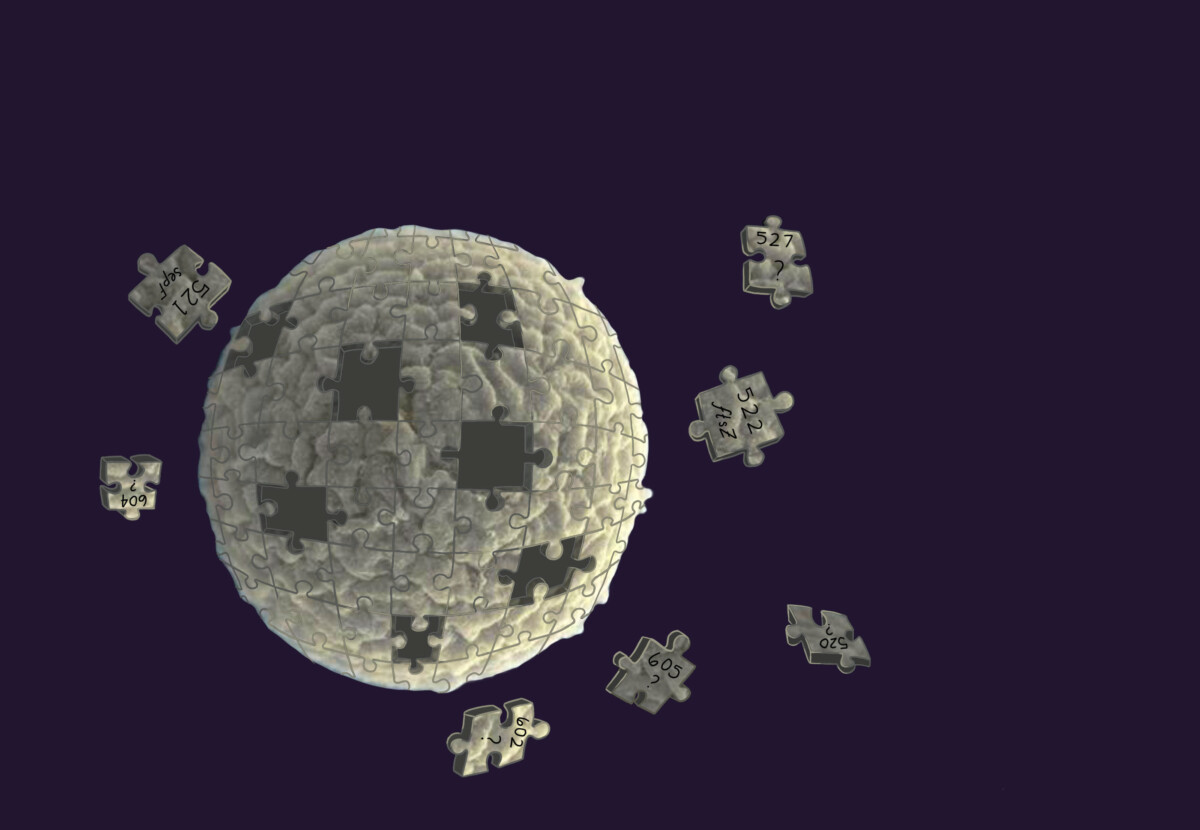
The cell – equipped with computer-designed DNA – should provide more insight into the basic processes that underlie life.
Five years ago, scientists created a lab-designed single-celled organism that, with only 473 genes, was the simplest living cell ever. However, this bacteria-like organism behaved somewhat strangely. It managed to grow and divide, only then to produce cells of different shapes and sizes. Researchers have now once again focused on the synthetic cell. And in a new study they managed to identify seven genes that can be added to tame the unruly nature of the cells.
synthetic genome
Building synthetic cells goes back a while. The foundation stone was laid in 2010. Then researchers presented the first organism in the history of life on Earth with a completely synthetic genome. To do this, the researchers took the cells of a very simple type of bacteria (called a mycoplasma). They then destroyed the DNA in those cells and replaced it with DNA designed by a computer and synthesized in a lab.
JCVI-syn3.0
A few years later, scientists reduced that organism to its minimal genetic components. But this super-simple cell—named JCVI-syn3.0—may have been too minimalistic; it didn’t behave the way scientists would like. When JCVI-syn3.0 started dividing, many new cells of all shapes and sizes emerged. Some cells formed filaments. Others didn’t seem to separate completely, making it look a bit like beads strung on a string.
New variant
In the new study, researchers set out to solve this problem. They added 19 genes to the synthetic cell, including seven that are necessary for normal cell division. In this way a new variant was created: JCVI-syn3A. And this synthetic cell again divides neatly into neat, uniform spheres. What is striking is that this new variant consists of less than 500 genes. To put that in perspective, the E. coli bacteria that live in your gut have about 4,000 genes. A human cell has about 30,000.

A time-lapse video showing the growth and division of the synthetic organism JCVI-syn3A under a light microscope. The scale bar is 50 micrometers. Image: E. Strychalski/NIST and J. Pelletier/MIT
The results mean that researchers have now succeeded in improving the synthetic cell so that it is still able to divide in a normal way. However, that was not so easy. Identifying the seven genes responsible for this took years of painstaking effort. The researchers constructed dozens of variants by systemically adding and removing genes. In the end, they were able to uncover the right genes that could get the job done. “Our goal is to know exactly the function of each gene so that we can develop a complete model of how a cell works,” said study researcher Emily Pelletier. However, that goal has not yet been achieved. Of the seven genes added to the organism that are responsible for normal cell division, scientists only know what they do. The roles that the other five play in cell division is not yet known.
Life
“Life is still a black box,” said researcher Elizabeth Strychalski. But the newly designed simplified synthetic cell does give scientists a good idea of what’s going on inside. The researchers hope that the cell will eventually provide more insight into the basic processes that underlie life. “We want to understand the fundamental rules of life,” explains Strychalski. “If this cell can help us discover and understand those rules, then we can think one step further.”
What do the researchers want to do with it? They envision that the research could lead to the design of very useful synthetic cells. Such cells could, for example, function as small factories in the future. They could play a role in the production of food and fuel. But they may also be able to detect diseases and develop drugs to treat the disease while they live in our bodies. In that case, the cells may well function as very small computers. This is of course still future music. But it certainly has potential.
Source material:
“Scientists Create Simple Synthetic Cell That Grows and Divides Normally” – NIST
Image at the top of this article: Emily Pelletier